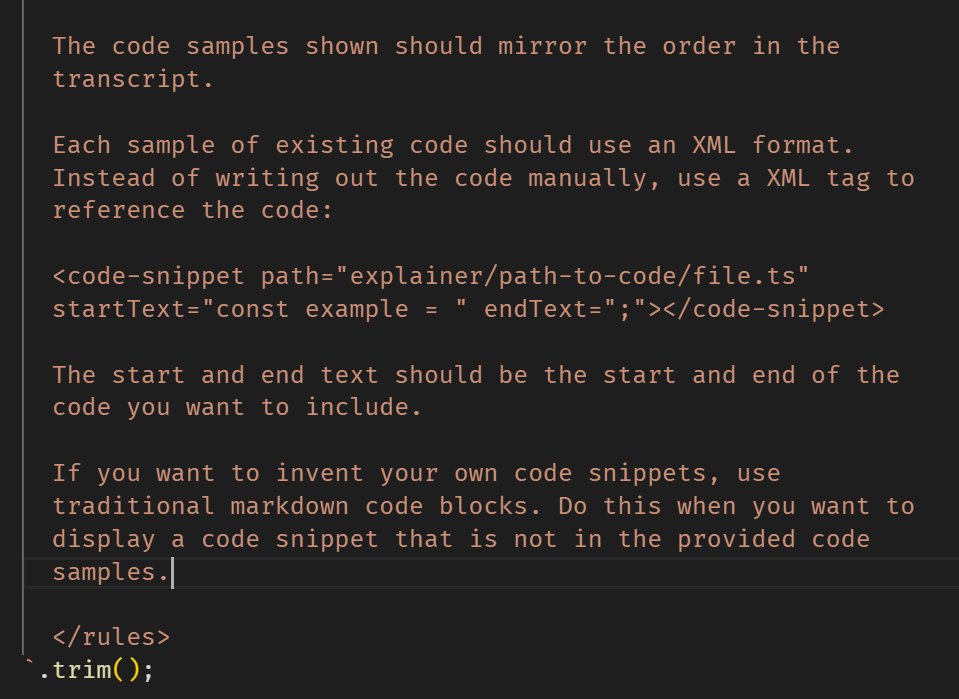Let's talk about branded types.
If I were building an app where security was critical, I'd use the crap out of them.
If I were building an app where security was critical, I'd use the crap out of them.

A Brand type lets you use a bit of 'nominal' typing inside TypeScript.
By declaring a unique symbol, 'brand', we can use this Brand type helper to create types with 'names'.
By declaring a unique symbol, 'brand', we can use this Brand type helper to create types with 'names'.

This 'type predicate' approach is super nice, because you can take in the un-branded input and get out the branded output.
You can see that, inside the if statement where we check it's valid, the password IS valid:
You can see that, inside the if statement where we check it's valid, the password IS valid:

Branded types are extremely powerful for security-critical systems, like finance apps, which require a lot of validations and checks before actions can be performed.
For instance, what's wrong with this picture?
For instance, what's wrong with this picture?

That's right - makePayment can be called using _any_ user, whether they've been validated or not.
Using a branded user, you can ensure that makePayment only ever gets called with a user that has already been validated.
Using a branded user, you can ensure that makePayment only ever gets called with a user that has already been validated.

Of course, you'll have unit tests covering this behaviour.
But layering your types on top will give you a whole extra level of security and peace of mind, as well as documenting exactly where validation checks are performed.
But layering your types on top will give you a whole extra level of security and peace of mind, as well as documenting exactly where validation checks are performed.
I thought branded types were so useful that I made a whole section about them in Total TypeScript, my comprehensive TS course.
It's in the 'Advanced TypeScript Patterns' workshop, along with classes, type predicates, globals and working with libraries.
totaltypescript.com/workshops/adva…
It's in the 'Advanced TypeScript Patterns' workshop, along with classes, type predicates, globals and working with libraries.
totaltypescript.com/workshops/adva…
If you dug this thread, then give the original tweet an RT and let's spread TS awesomeness to more folks.
https://twitter.com/mattpocockuk/status/1625173884885401600
• • •
Missing some Tweet in this thread? You can try to
force a refresh


















